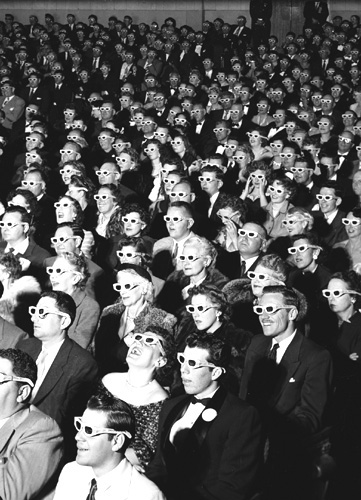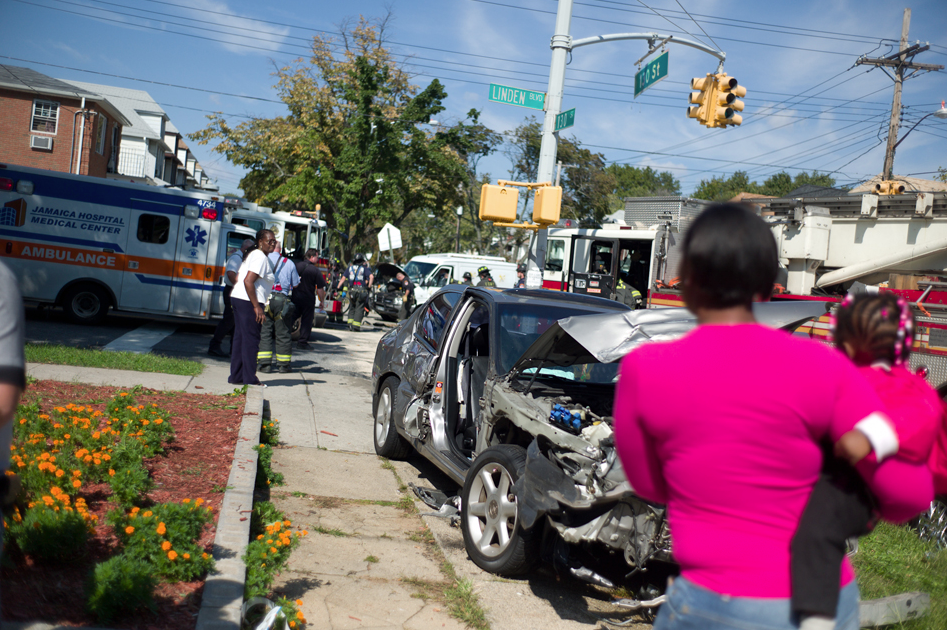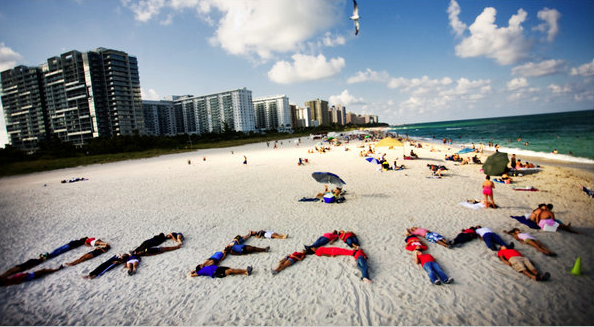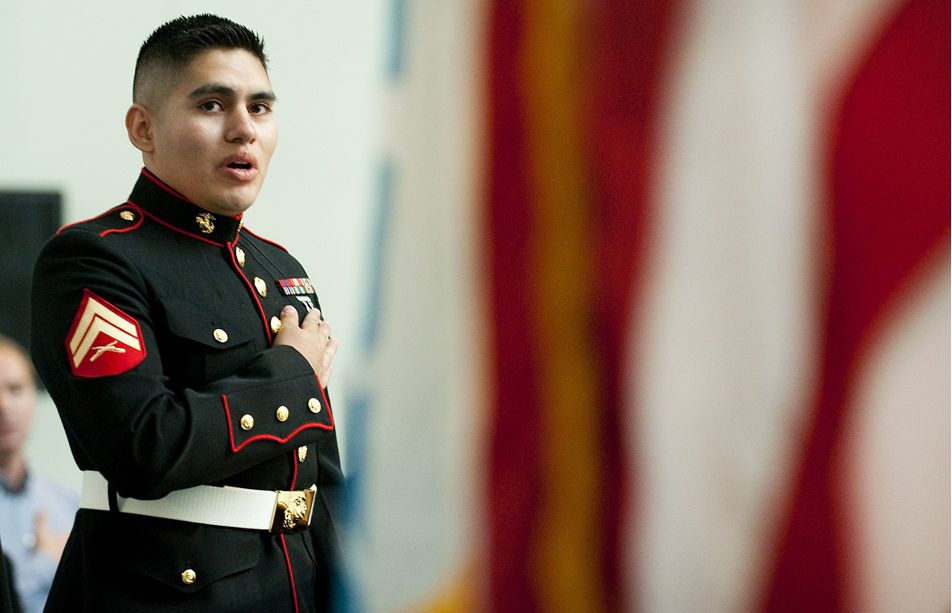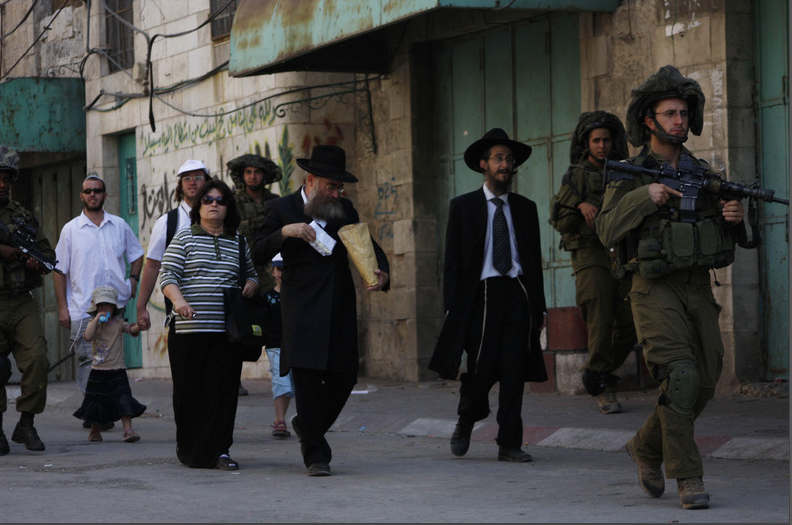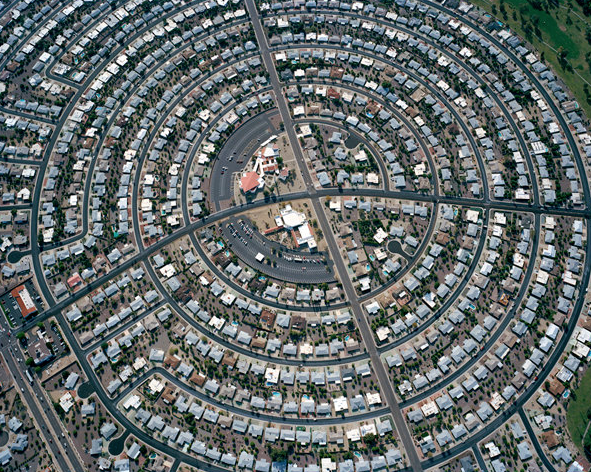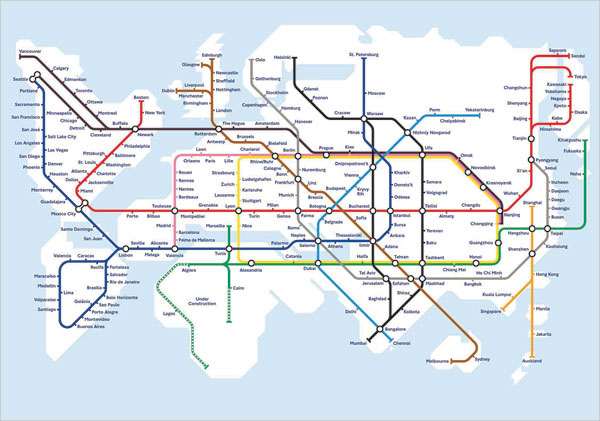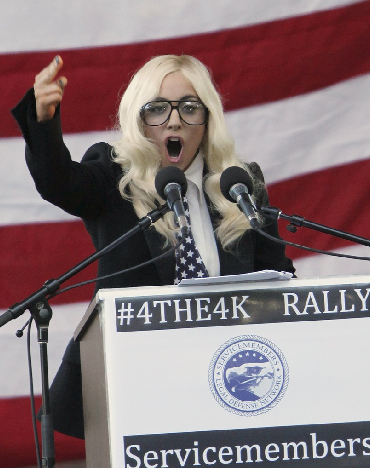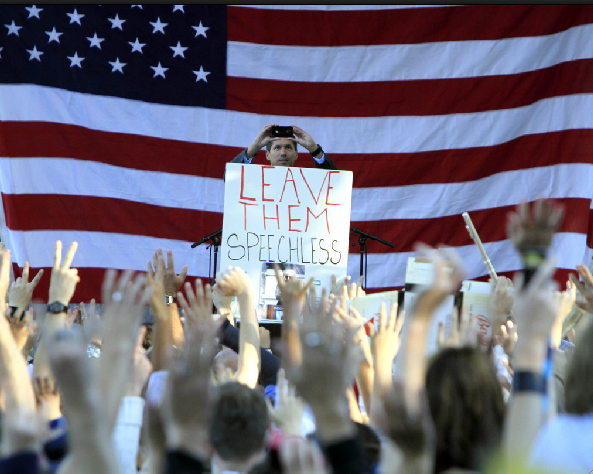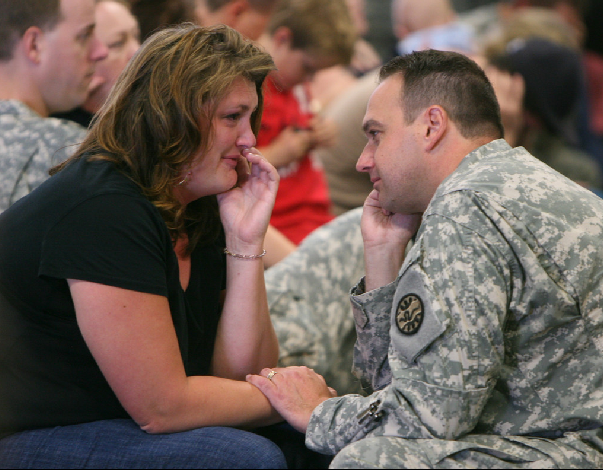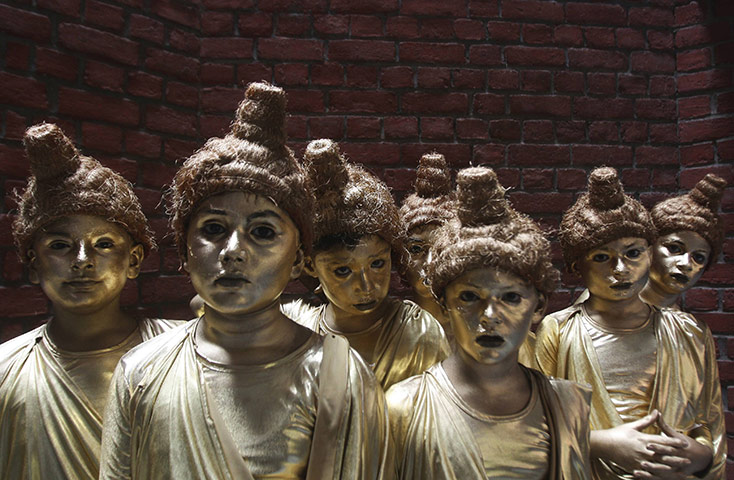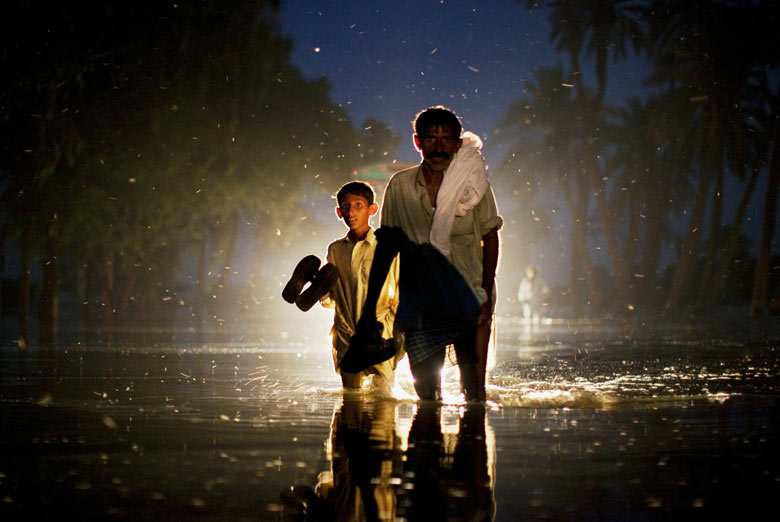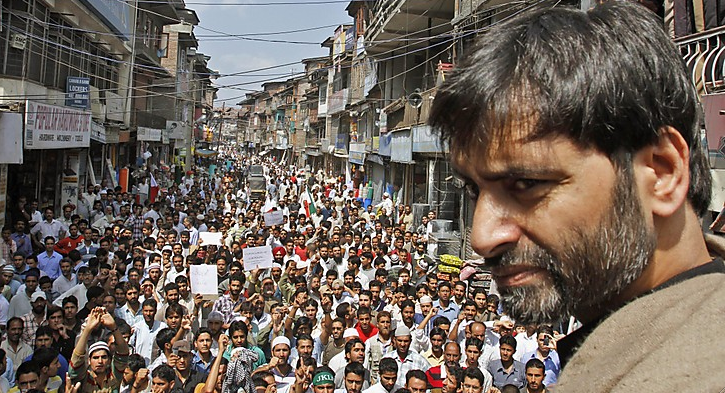It’s not easy to find a distinctive photograph on election day in the US.

This certainly would seem to qualify, but it is one of three very similar images that I found in a few minutes of looking through the slide shows at several major papers. Each of the three was close cropped to feature a hand or hands, voting stickers, and nothing else. I think this is the best of the set, and the best image overall, but the bar was pretty low. The ritual event seems to bring out the conventional in all of us: red, white, and blue clothing, lines of people at the polling places, a few contrasts between the official paraphernalia and local culture, early morning voters or rows of candidates’ signs, representative examples of The Common People voting and finally of the suits themselves: candidates voting, winners raising their arms in victory, losers standing bravely before their tearful supporters.
And what would you expect? it is precisely the ritualized character of the event that is so important: democracies may have bitterly contested electoral campaigns, but the transfer of power is supposed to be peaceful, orderly, routine, and–although in one sense momentous–entirely unsurprising. This is not to be a drama of succession among the nobility, not a story of cabals, intrigue, and violence, no tense transition from one ethnic group to another. The public art in this case reflects the polity’s lack of recourse to anything but its most ordinary version of itself. The aesthetic dullness is a sign of democracy’s strength.
Even so, the images may be doing more than reporting the conventional features of election day. The photograph above, for example, seems to be a poignant celebration of the root belief that democracy is the government of all the people. The rough-hewn hands and skin color channel a great deal of American history, not least the 14th Amendment, while their pose is almost religious, as if praying or holding a communion vessel. Or, if they are the hands of a working man, the stickers could almost be seen as food, perhaps that given out at breadlines in the depression of the 1930s. (I mention the date as we now have to be a bit more specific than was necessary a few years ago.) Thus, the image beautifully celebrates democracy itself, as if the vote is both substance and sacrament of the common life.
That’s the good news. I think we also need to consider how the image may be inadvertently pathetic. This image of citizenship shows us a truncated citizen, just as it has reduced civic participation to the sheer act of voting. What’s wrong with that? On a day that celebrates civic unity after the divisiveness of the campaign, nothing. As a symbol of what the country really needs, however, it’s not enough. This country needs not only elections but good decisions, and not only winners but leaders, and not only control of the House or the Senate but also consensus on behalf of serious policies to address real problems.
To get that, much more is needed than merely voting. If all that is asked of citizens is that they vote, their citizenship can be reduced to something like the sticker itself: a cheap display of temporary virtue that really doesn’t change anything. If all that is asked of elected officials is that they mouth platitudes while consolidating power and obstructing effective government, you don’t even need to vote. So, before you take that sticker next time, ask yourself, what are you doing, really, on election day?
Photograph by Luke Sharrett/New York Times.
